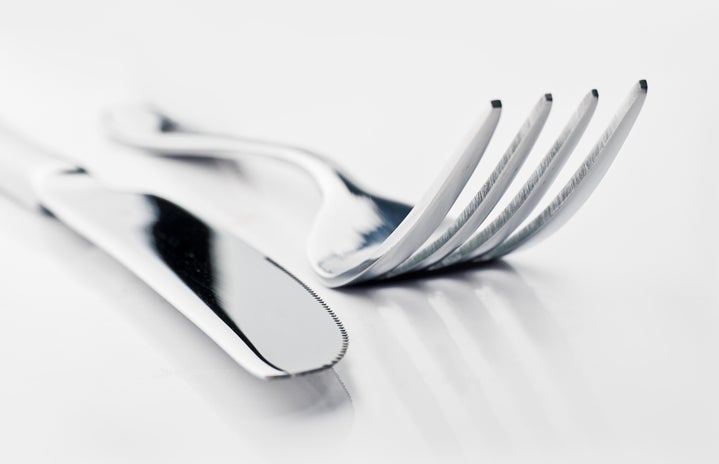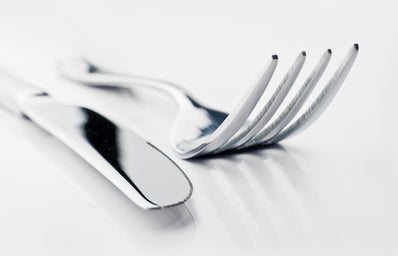Wine—and we’re not talking about the boxed Franzia you may have chugged at a frat—is a sophisticated beverage. Understanding the art of drinking (and loving) wine is a treasured experience for many. Luis Fernando Oliverri, a famous wine merchant, famously said “Wine is the only artwork you can drink,” and he’s not the only famous figure who has commented on the beauty of wine.
Ernest Hemingway, the American author, said, “Wine is one of the most civilized things in the world and one of the most natural things of the world that has been brought to the greatest perfection, and it offers a greater range for enjoyment and appreciation than, possibly, any other purely sensory thing.”
Even Homer, the Greek epic poet, remarked on the glories of wine by stating, “It is the wine that leads me on, the wild wine that sets the wisest man to sing at the top of his lungs, laugh like a fool—it drives the man to dancing… it even tempts him to blurt out stories better never told.” Evidently, since the dawn of time, the fermented juice of grapes has reached the hearts and pallets of history’s most brilliant minds.
College may be the time in your life when you first try wine—so let’s cover all the basics you should know when you first start:
- The temperature matters!
-
There is a tendency for people to serve reds too warm and whites too cold. The temperature at which wine is served highly impacts the flavor profile and overall enjoyment, so it’s important to get it right. Wine is a living thing that responds to the environment; when it’s cold it contracts, and when it’s hot it expands. Red wine is best served chilled, approximately at temperatures between 60-68 degrees. To do this leave the wine for about 45 minutes in a refrigerator before serving. Reds lighter in alcohol and tannin, like Gamay, Cabernet Franc, and Frappato, should be closer to a cellar temperature of 60 degrees. Conversely, those higher in alcohol and tannin should be served closer to 68 degrees. When it comes to white, keep the temperature slightly more chilled between 49-55 degrees. Serving wines at incorrect temperatures will mute their flavors and as simply put by Fox News, “Nothing tastes worse than a glass of cabernet sauvignon served at 80 degrees.”
- Pour like a pro.
-
The standard pour of wine is around five to six ounces. To practice, get a measuring cup of water and pour it into a wine glass to get an idea of how much wine you should be pouring into a glass when you have guests over. In order to not drip when pouring, rotate the bottom side of the bottle away from you right as you stop pouring. If you can’t master this, just have a napkin in hand.
- Hold your glass right.
-
As important as it is for you to carry yourself in a good manner, the same should be said for the way you carry a drink. Especially in an interview or business setting, it’s important to show you know proper etiquette. When holding a stemmed wine glass, pinch towards the base of the stem between your thumb and first two fingers, allowing the rest of your fingers to rest on the base naturally. When holding a stemless wine glass, try to keep only your thumb and two fingers on the glass while allowing the other two fingers to float freely. The less contact, the better, because you don’t want the heat of your hand warming up the temperature of the wine. It should be a crime to cup the bowl of a Bordeaux glass.
Anthony Giglio, a wine expert and author, explained, “There’s a rod of glass between the base and the bowl of a wine glass for several reasons, and the absolute most important of those is to keep your 98.6-degree hand away from your properly chilled wine.”
- Sniff the wine.
-
There is a systematic process behind experiencing all a wine has to offer. One of the most important steps in this process is sniffing the wine. You want to first swirl the wine three or four times so that the aromatic compounds in the wine vaporize, allowing you to detect the scent easier. Then quickly raise the glass to your nose, particularly in the airspace of the glass where the aromatic compounds are captured, and smell. If you are doubtful in your ability to smell all the aromas of the wine, work on training your nose. Smell every ingredient before you cook with it and smell the flowers in your backyard. Once you practice and become aware of smelling, you’ll improve your ability to smell and detect the scents in wines as well.
- Taste.
-
Here’s the best part–tasting the wine. When first trying the wine, take a small sip and swirl it around your mouth so that it essentially covers every part of your tongue. This is to further aerate the wine, helping it to release its flavors. Notice all the sensations. Is it sweet? Is it fruity or oaky? Is it a light or full-bodied wine? Do you enjoy it?
When we fully embrace the experience of wine tasting, we learn the intricate layers behind a seemingly simple glass of wine. It may seem silly or pretentious to do some of these actions, but they are all steps to perfecting your wine etiquette. Though above all, remember the most important part is to enjoy the wine!
Want to keep up with HCBU? Make sure to like us on Facebook, follow us on Instagram, check out our Pinterest board, and read our latest Tweets!



